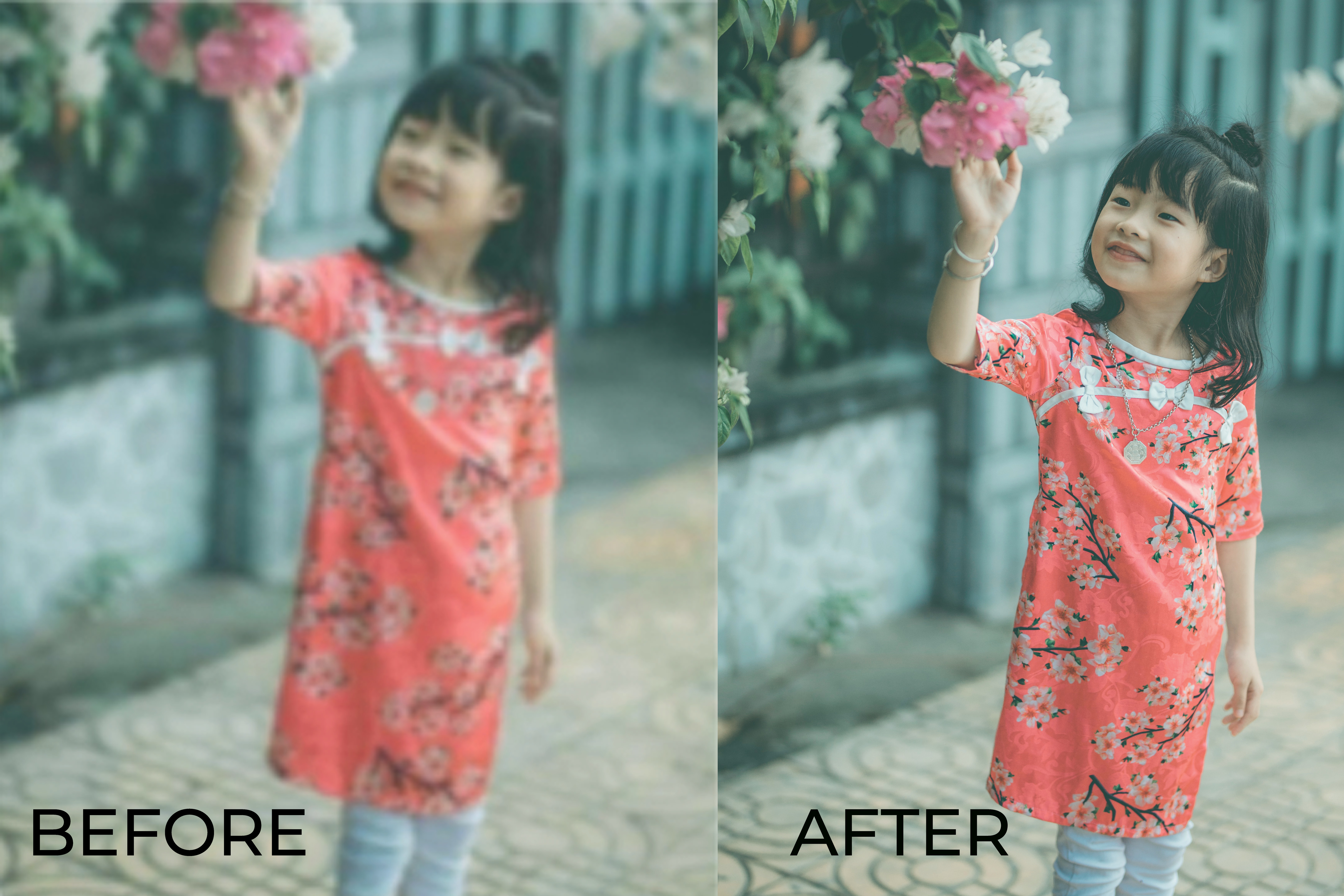

PhotoShop automatically assumes that we want to run the action we just recorded. In the PhotoShop menu bar, go to File / Automate / Batch… With your action recorded, you can now replay this action on your folder of images. Step 6: Batch process your folder of images Do not save the image we won’t export images at this time. Stop the recording of the action by pressing the square Stop button to the left of the Record button at the bottom of the Actions window. That is, you can make the crop area as large or as small as you like, but the cropped result will always be exactly 150px × 150px in size.Ī fairly common mistake is to continue working after this point, forgetting that the action is still recording. When the crop is completed, whatever is inside the marquee area is resized to the dimensions we specified. Note that the crop marquee is restricted to a square, due to the dimensions we added in the property bar in the first step. Use the crop tool to select a portion of your image press Enter on your keyboard to execute the crop. You can edit the steps taken in the action afterwards, but it is best to have as “clean” a recording of your process as possible. The important thing to remember is that once you press Record every action you take will be recorded. Your action can be given any unique name, and be associated with any set or function key. (If you can’t see the Action window, choose Window / Actions from the PhotoShop menu bar, and click on the New Action button in the bottom right corner). In order to be prepared for the next step, open one of your images from the source folder: it doesn’t particularly matter which one. You may as well set the resolution to 72 pixels per inch at the same time. I’d suggest a square image, 150px × 150px. To ensure that we always crop our images to the same aspect ratio and generate thumbnails that are the right size, choose the crop tool ( C on your keyboard) and insert an appropriate width and height measurements for the final image in the Property bar. Step 1: Set up the crop tool and open your rehearsal image Think of this as a recorded rehearsal.īefore you begin, make sure you have PhotoShop set up correctly: it is particularly important to ensure that you have set PhotoShop’s preferences to measure everything in pixels. The first step in batch processing is to record the sequence of actions that you wish to perform on every image. You’ll also want another folder location with a distinct name, such as destination. You’ll need at least three, placed in a folder named source.

This sequence will then be “replayed” on all of our images to generate all the thumbnails we need.įor this example you can use any random assortment of images: the more images and the greater variation in height, width and format, the better. Export the image in a web-ready format.Crop an image to the width and height that will be shared by all thumbnails.In PhotoShop we wish to execute two steps: In this tutorial we’re using the first example, but in all cases, the final images need to be the same size and aspect ratio.įor a real-world example, you would want your source images to be as high a resolution as possible, and in a lossless format, in order to preserve the highest quality possible during our workflow.
Adobe photoshop bulk image resize series#
Batch processing is typically used to create a series of thumbnails for a gallery, or interchangeable banner images, or headshots for the profile page of a board of directors. But the moment that you repeat the steps more than a few times, it is easiest to record the operation as an automated process.Īpplying an automated sequence of operations to a set of images is known as “batch processing”. If you are executing the same simple sequence of operations in PhotoShop on two or three images, it’s usually fastest to do so manually.


 0 kommentar(er)
0 kommentar(er)
